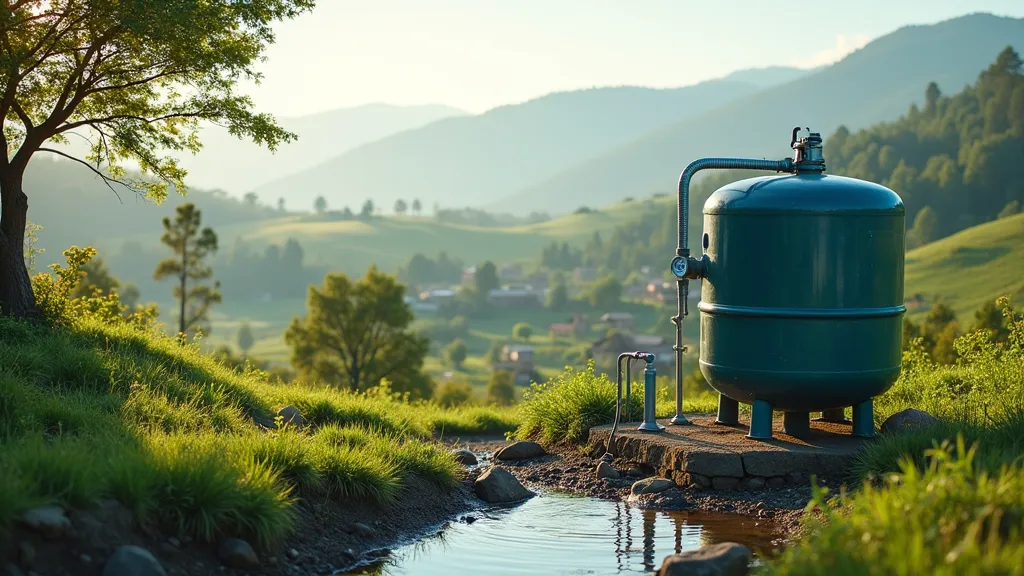In a world where water scarcity affects billions, groundbreaking solutions offer hope in turning the tide. This article dives into innovative strategies and technologies paving the way for a future where clean water is accessible to all. These groundbreaking ideas not only address scarcity but also ensure sustainability for generations to come.

Rethinking Desalination: More Than Just Saltwater
With oceans covering more than 70% of our planet, turning saltwater into freshwater has long been hailed as a plausible solution to water scarcity. However, traditional methods have often proven costly and environmentally taxing. Enter Zara Mendel, a visionary engineer who leads a team in developing a groundbreaking desalination technique that is both energy-efficient and eco-friendly. By using solar-powered nano-filters, her company has reduced the energy consumption of desalination plants by up to 50%, offering a sustainable alternative to outdated methods. These advancements not only make desalination a viable option but also a cornerstone for future water solutions.
Collecting What Is Free: Harnessing the Power of Rain
Innovative rainwater harvesting systems are emerging as a game-changer, especially in arid regions. Akira Solari, an entrepreneur from Australia, has designed a modular rainwater collection system that can be easily installed in urban environments. His system not only captures rainwater but also purifies it to meet drinking standards. Akira's pilot projects in Melbourne have transformed rooftops into renewable water sources, showcasing that even in the driest cities, rain can be harvested and utilized efficiently. Global expansion is on the horizon, promising to bring life-sustaining water to more communities.
Purification in Problematic Places: Tech That Transforms
While filtration solutions are nothing new, technological advances are amplifying their efficacy. A team led by Dr. Priya Khurana is at the forefront of this change, having developed a portable water purification device powered by solar panels. This device can provide clean water instantly, vital for areas lacking infrastructure or recovering from disasters. The use of advanced materials like graphene filters ensures that even the most contaminated sources become drinkable, alleviating millions from the burden of waterborne diseases. This innovation is poised to bring relief to far-flung areas where clean water has been a pipe dream.
Protecting Our Reserves: Saving The Precious Few
Water preservation doesn't stop at creating new sources; safeguarding existing ones is equally crucial. In Rwanda, environmentalist Caleb Kabanda is spearheading efforts to restore wetlands, which naturally filter and store water. Through community-backed initiatives, his organization is re-establishing native vegetation and reducing land degradation. These wetlands act as natural water reservoirs, ensuring that during dry spells, communities still have access to water. Caleb's work serves as a glowing example of how harmonic coexistence with nature can bolster water security.
Community-Centric Solutions: The Human Element
The human aspect is vital in the quest for sustainable water solutions. Maria Dos Santos, a social activist in Brazil, champions community empowerment in managing local water resources. By engaging communities directly in water management practices, she ensures that solutions are tailored to the unique cultural and environmental landscapes of each location. Training programs led by Maria have been instrumental in building local capacity, enabling residents to maintain water systems and advocate for sustainable environmental policies. Her approach underscores that at the heart of every innovative solution is the people it serves.